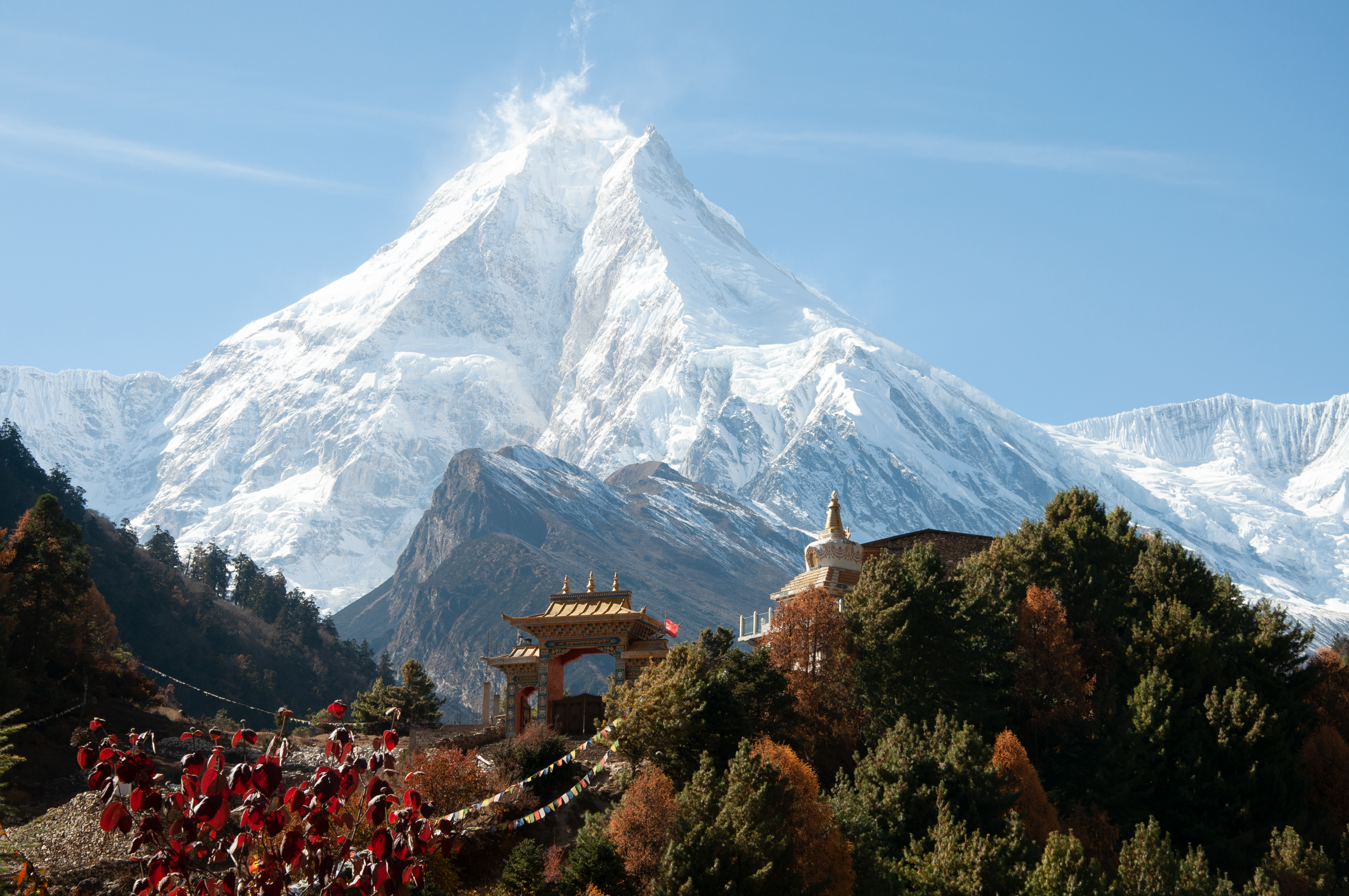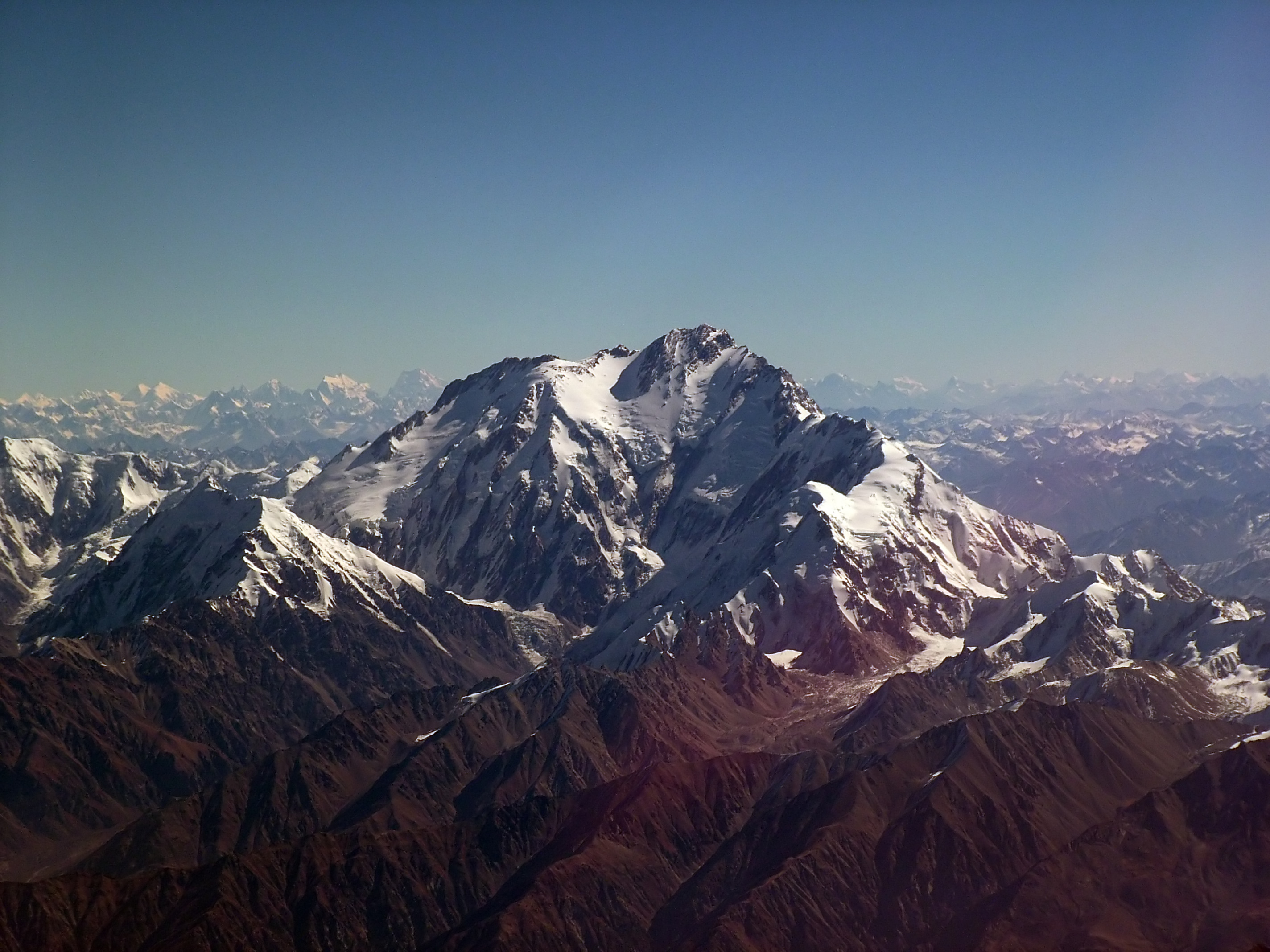The 10 Tallest Mountains in the World

Published on March 12, 2024
The majesty of the world's tallest mountains has fascinated humanity for centuries. These towering giants, rising high above the Earth's surface, are not only awe-inspiring natural wonders but also symbols of the planet's diverse geological processes. This article delves into the top 10 tallest mountains in the world, measured by their peak elevations above sea level. Each mountain's unique geographical features, historical significance, and the challenges it presents to mountaineers will be explored, providing a comprehensive overview of these monumental peaks.
1. Mount Everest

Mount Everest, standing at an unparalleled elevation of 8,848 meters (29,029 feet), is the world's highest mountain. Located on the border between Nepal and the Tibet Autonomous Region of China, Everest is part of the Himalayan Range. The mountain's peak, named after Sir George Everest in 1865, has been the ultimate challenge for climbers since it was first summited by Sir Edmund Hillary and Tenzing Norgay in 1953. Despite its beauty, Everest is known for its treacherous conditions, including extreme cold, wind, and the notorious "death zone."
2. K2

K2, also known as Mount Godwin-Austen, is the world's second-highest mountain, with an elevation of 8,611 meters (28,251 feet). Unlike Everest, K2 is located on the China-Pakistan border and is part of the Karakoram Range. Known for its remarkable pyramid shape and treacherous climbing conditions, K2 is often considered a more challenging ascent than Everest. The mountain remains one of the deadliest for mountaineers, with a high fatality rate among those who attempt the summit.
3. Kangchenjunga

Kangchenjunga, the third-highest mountain in the world, rises 8,586 meters (28,169 feet) above sea level. It is located on the border between Nepal and the Indian state of Sikkim. The name Kangchenjunga means "The Five Treasures of Snows," reflecting the mountain's five peaks. It was first summited in 1955 by a British expedition. The mountain is revered by local populations and is considered sacred in both Buddhist and Hindu traditions.
4. Lhotse

Lhotse, with its peak at 8,516 meters (27,940 feet), is the world's fourth-highest mountain. It is connected to Mount Everest via the South Col, a sharp-edged pass that serves as a critical part of the route to Everest's summit. First summited in 1956, Lhotse stands at the border between Tibet and Nepal. Its western flank, known as Lhotse Face, is a key obstacle on the standard Everest climbing route, presenting a formidable challenge to climbers.
5. Makalu

Makalu, the fifth-highest mountain on Earth, has an elevation of 8,485 meters (27,838 feet). This isolated peak is located 19 kilometers (12 miles) southeast of Mount Everest, on the border between Nepal and Tibet. Recognized for its distinctive pyramid shape, Makalu was first successfully climbed in 1955. The mountain is known for its harsh weather conditions and steep pitches, making it one of the more difficult 8,000-meter peaks to summit.
6. Cho Oyu

Standing at 8,188 meters (26,864 feet), Cho Oyu is the world's sixth-highest mountain. It is situated on the Nepal-Tibet border, about 20 kilometers (12 miles) west of Mount Everest. Cho Oyu means "Turquoise Goddess" in Tibetan. Known for being one of the easiest 8,000-meter peaks to climb due to its moderate slopes and straightforward route, it was first summited in 1954. Despite its relative ease, Cho Oyu presents significant risks, including avalanches and extreme altitude sickness.
7. Dhaulagiri

Dhaulagiri, with a peak elevation of 8,167 meters (26,795 feet), ranks as the seventh-highest mountain in the world. Located in Nepal, its name means "White Mountain," aptly describing its snow-covered summit. Dhaulagiri was first summited in 1960, and its isolated location makes it a stunning sight from the ground. The mountain presents numerous climbing challenges, including technical ice and rock routes, making it a formidable challenge for even the most experienced climbers.
8. Manaslu

Manaslu, the world's eighth-highest mountain, stands at 8,163 meters (26,781 feet). It is located in the Mansiri Himal, part of the Nepalese Himalayas. Manaslu means "Mountain of the Spirit" and was first climbed in 1956. The mountain is known for its long ridges and valley glaciers, offering feasible routes from all directions. Climbing Manaslu requires dealing with extreme weather conditions and the risk of avalanches.
9. Nanga Parbat

Nanga Parbat, with an elevation of 8,126 meters (26,660 feet), is the ninth highest mountain in the world and is situated in the Gilgit-Baltistan region of Pakistan. Known as the "Killer Mountain," Nanga Parbat has a notorious reputation for its high number of climbing fatalities. It was first summited in 1953. The mountain is distinguished by its dramatic Rupal Face, the highest mountain face in the world, presenting an immense challenge to climbers.
10. Annapurna I

Annapurna I concludes our list as the tenth highest mountain in the world, reaching 8,091 meters (26,545 feet). Located in Nepal, Annapurna I is part of the Annapurna massif. The mountain's name is derived from the Sanskrit word for "Goddess of the Harvests." Annapurna I is known for being the first 8,000-meter peak ever summited, achieved in 1950. It holds the highest fatality rate among the 8,000-meter peaks, making it one of the most dangerous mountains to climb.
In Conclusion
The tallest mountains in the world stand as breathtaking testaments to the Earth's geological diversity and the adventurous spirit of humanity. Climbing these peaks requires not only physical endurance and technical skill but also respect for nature's power and the cultures surrounding these majestic mountains. As symbols of challenge, achievement, and natural beauty, these towering giants continue to inspire and fascinate people around the globe.
Did You Know?
-
Mount Everest grows about 4 millimeters (0.16 inch) every year due to geologic uplift.
-
K2, unlike Mount Everest, which has been climbed by thousands, remains far less summited due to its extreme difficulty. It is also known as the "Savage Mountain" due to the extreme difficulty of ascent and one of the highest fatality rates among the eight-thousanders.
-
Local beliefs and respect for the indigenous culture have led to a tradition where climbers stop just short of the summit of Kangchenjunga to honor the mountain spirits.
-
Lhotse is home to Lhotse Middle (East), one of the highest unclimbed named points on Earth for many years, until it was finally summited in 2001.
-
Makalu is known for its isolated and symmetric pyramid shape. It is considered one of the most difficult mountains to climb, partly due to its harsh weather conditions and its sharp, exposed ridges.
-
Cho Oyu is known as the "Turquoise Goddess" in Tibetan. Cho Oyu has the highest success rate among the world’s fourteen 8,000-meter peaks, making it a popular choice for mountaineers looking to summit their first 8,000-meter peak.
-
Dhaulagiri was once thought to be the highest in the world before surveys confirmed Everest's status. Dhaulagiri's south face is considered one of the most challenging climbs in the Himalayan range.
-
Known as the "Mountain of the Spirit," local folklore suggests that the spirit of the Manaslu is one of the deceased wives of Manasa, the snake god in Hindu mythology.
-
Nanga Parbat is known as the "Killer Mountain" for its high number of mountaineering deaths. Nanga Parbat's Rupal Face is the world’s highest mountain face, rising approximately 4,600 meters (15,000 feet) from its base.
-
Annapurna I is considered the deadliest of the world's highest mountains, with a fatality rate that once hovered around 40%. The Annapurna Conservation Area surrounding the mountain is the first and largest conservation area in Nepal.
Category: World Facts